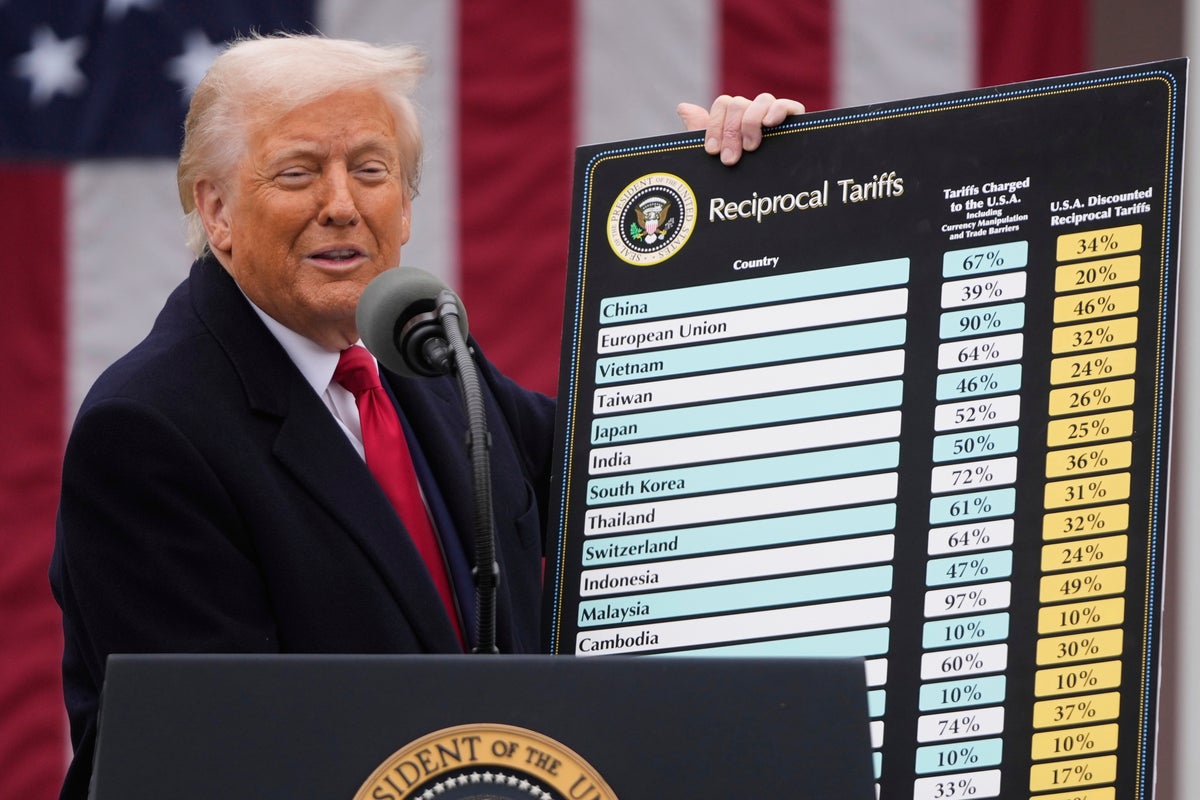Trump's Tariff Deadline Looms: Key Trade Deals Revealed

Overview of U.S. Trade Agreements and Tariff Deadlines
As the deadline for U.S. President Donald Trump's latest tariff measures approaches on August 1, the situation surrounding trade negotiations with various countries remains complex. While some agreements or frameworks have been reached since the previous deadline on July 9, many discussions are still ongoing. Trump initially introduced broad import taxes on goods from nearly all countries in April, with certain nations facing higher reciprocal rates that were later postponed twice.
The first 90-day delay was intended to ease global market concerns and allow for individual country negotiations. At one point, the administration aimed to secure 90 trade deals within 90 days. However, only two formal agreements were finalized—between the U.S. and the United Kingdom, as well as the U.S. and Vietnam. A framework for a deal with China was also established. By early July, Trump began warning that higher tariffs would be imposed on dozens of countries by August 1.
Since then, the U.S. has announced trade frameworks with the European Union, Japan, the Philippines, and Indonesia. However, key details remain unclear or not fully documented.
European Union Agreement
On July 27, the U.S. and the EU announced a trade framework that imposed a 15% tariff on most European goods, avoiding Trump’s threat of 30% if no agreement was reached by August 1. The agreement states that 15% will apply to 70% of European imports into the U.S., including pharmaceuticals, semiconductors, and car parts. The remaining 30% is still under negotiation.
European Commission President Ursula von der Leyen confirmed that both sides agreed to zero tariffs on "strategic" goods. Trump highlighted increased investments from European companies in the U.S., including $750 billion in natural gas, oil, and nuclear fuel over three years, along with an additional $600 billion in non-binding commitments.
Japan Trade Framework
On July 22, Trump announced a trade framework with Japan, reducing the proposed 25% tariff to 15%. In exchange, Japan agreed to invest $550 billion into the U.S. and open its economy to American autos and rice. This relief benefits automakers like Toyota and Honda, which previously faced a 25% levy on key parts and vehicles. However, concerns remain about potential disadvantages for other U.S. competitors.
Philippines Agreement
Following a meeting with Philippine President Ferdinand Marcos, Jr., Trump lowered the planned tariff on imports from the Philippines to 19%, down from 20%. He also promised that the U.S. would not impose tariffs on American goods sent to the Philippines. Additional details remained unclear, with Marcos considering options such as an open market for U.S. automobiles.
Indonesia Deal
On July 15, Trump announced that U.S. tariffs on Indonesian goods would be reduced to 19%, down from 32%. American goods sent to Indonesia would face no tariffs. A White House fact sheet confirmed that over 99% of U.S. products exported to Indonesia would be duty-free. Indonesian President Prabowo Subianto expressed hope for further tariff reductions through continued negotiations.
Vietnam Trade Deal
On July 2, Trump announced a deal with Vietnam that allowed U.S. goods to enter the country duty-free. Vietnamese exports to the U.S. would face a 20% tariff. Additionally, a 40% tax on "transshipping" was introduced, targeting goods from other countries that pass through Vietnam before reaching the U.S. This move aims to counter Chinese goods evading U.S. tariffs through Vietnam.
United Kingdom Agreement
On May 8, Trump agreed to cut tariffs on British autos, steel, and aluminum. The U.K. pledged to reduce levies on U.S. products like olive oil, wine, and sports equipment. While the deal was announced with grandeur, key implementation details were delayed. The U.K. was the only country exempt from Trump's 50% steel and aluminum tariffs but still faces 25% import taxes on these metals.
China Trade Framework
At its peak, Trump's tariffs on Chinese goods reached 145%, while China's counter-tariffs on U.S. products hit 125%. On May 12, both countries agreed to a 90-day truce, reducing tariffs to 30% and 10%, respectively. Details of a tentative agreement began emerging in June, including China allowing easier access for U.S. firms to critical materials like magnets and rare earth minerals. However, many specifics, including implementation timelines, remain unclear.
On July 29, China's top trade official indicated that both sides were discussing extending the August 12 deadline for new tariffs following a trade meeting in Stockholm. The U.S. side mentioned the possibility of an extension, though no final decision had been made.
Post a Comment for "Trump's Tariff Deadline Looms: Key Trade Deals Revealed"
Post a Comment